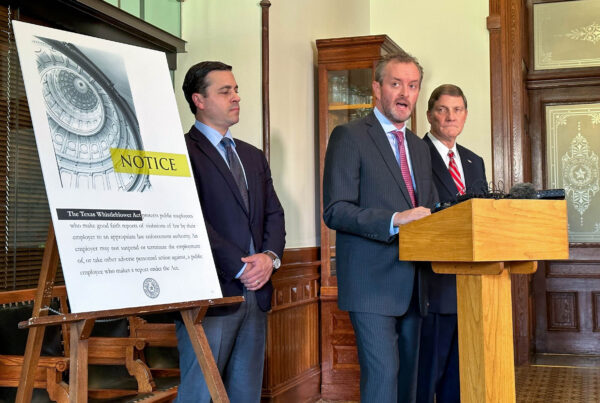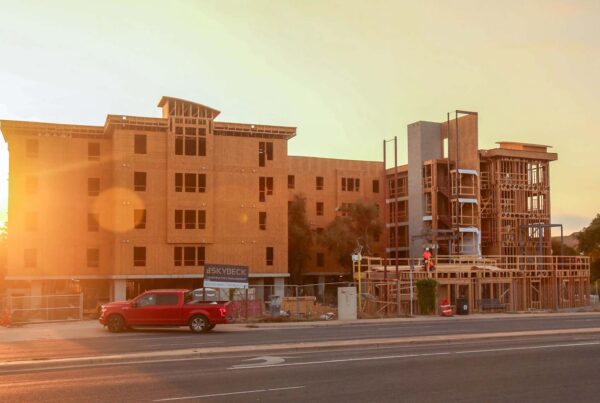Texas will experience a celestial double feature soon, with not one but two solar eclipses visible within the next six months. First up is the “ring of fire” annular solar eclipse on Oct. 14, followed by a total solar eclipse on April 8, 2024.
There’s usually about 400 years between total solar eclipses in a given location, and thousands of years between two solar eclipses in a row. So, what’s the best way to watch this once-in-a-lifetime event? Jamie Carter, who covers astronomy for Space.com, shared the best viewing spots in the Lone Star State, plus what to expect:
What’s the difference between an annular solar eclipse and a total solar eclipse?
An annular – Latin for “ring” – eclipse is a ring-shaped, partial solar eclipse. A halo of light will be visible around the moon and must be seen through solar eclipse glasses, Carter said.
For a total solar eclipse, the peak of the event is about an hour and a half in.
“You will see the total solar eclipse, which is about 4 minutes, 4 1/2 minutes in Texas, where you will be able to look at the sun and the outer atmosphere of the sun with the naked eye perfectly safely,” Carter said. “But at all other times you must use the solar eclipse glasses.”
The whole process for both eclipses takes about three hours.
» MORE: Texas has front-row seats to the world’s next total solar eclipse
Where is the best place in Texas to be able to see both eclipses?
There’s a prime viewing area in the Hill Country, a square about 120 miles wide, that will see the paths of both eclipses cross.
Rocksprings, Junction, Fredericksburg, Kerrville, Bandera, Utopia, Vanderpool and Uvalde “are all places that will see both eclipses at the very best,” Carter said.
Not too far from the Hill Country, San Antonio will be a great place – and probably the easiest place to be – to see the Oct. 14 annular solar eclipse, Carter said.
“That’s where most people in Texas who see this will see it from,” he said. “I think there are going to be a lot of visitors flying into San Antonio to watch it as well.”















